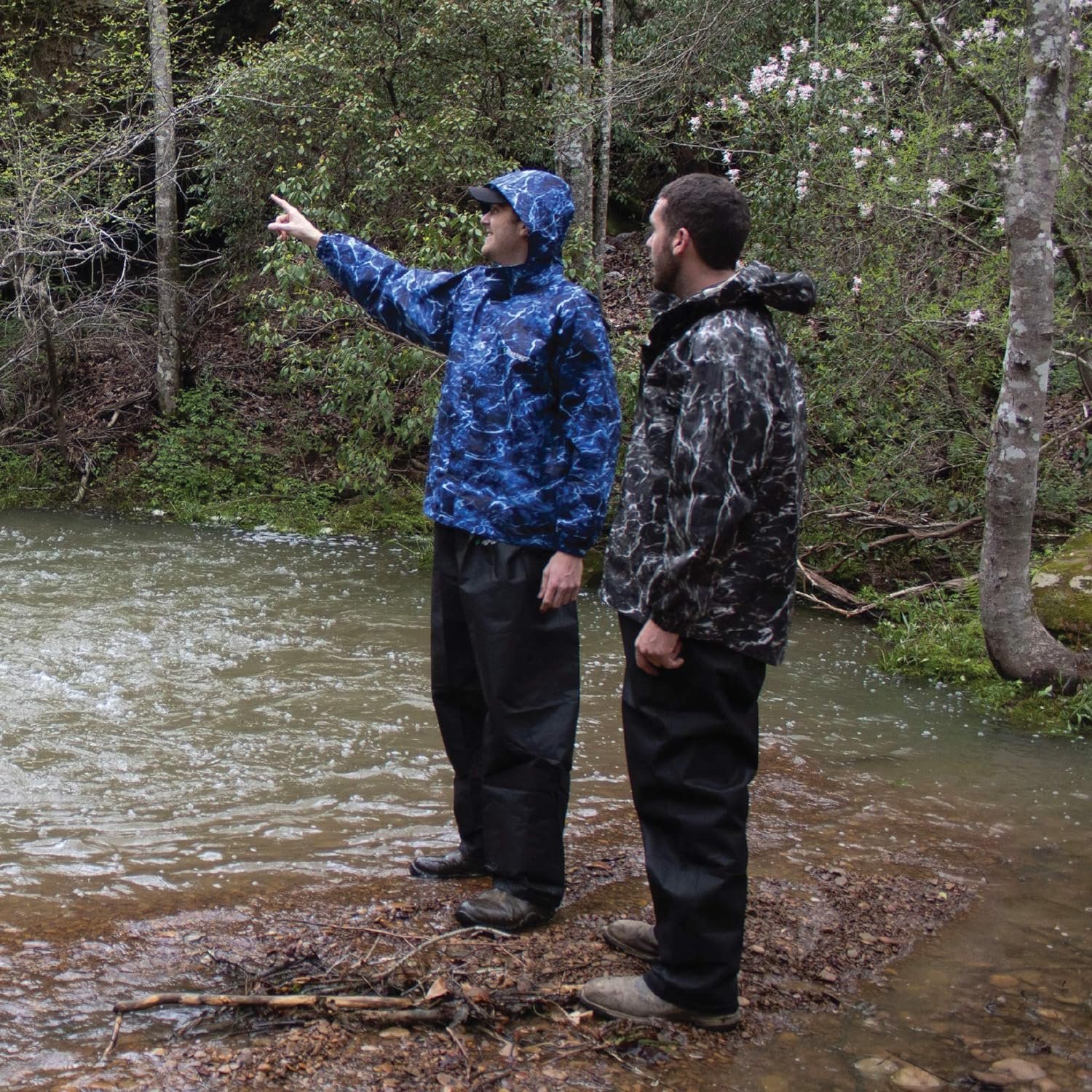If you’re looking for the perfect month to witness the breathtaking beauty of the Northern Lights, we’ve got you covered. Our article delves into this awe-inspiring natural phenomenon and helps you plan your visit to New Brunswick at the ideal time. Discover the months when the sky dances with vibrant hues, and get ready to be enchanted by one of nature’s most mesmerizing displays. So, if you’ve ever wondered which month is best to catch the Northern Lights, keep reading and prepare to be amazed.
What Month Is Best To Catch The Northern Lights?
Table of Contents
Factors that Influence Northern Lights Visibility
The mesmerizing display of the Northern Lights, also known as the Aurora Borealis, is a natural phenomenon that attracts travelers from all over the world. However, the visibility of this breathtaking spectacle can vary depending on various factors. Understanding these factors can help us plan our trip and increase our chances of witnessing this ethereal display.
Solar Activity
Solar activity plays a significant role in the visibility of the Northern Lights. The lights are caused by charged particles ejected from the sun, which interact with the Earth’s magnetic field. Therefore, periods of increased solar activity, such as solar storms or sunspots, usually result in more vibrant and widespread Northern Lights displays. Monitoring solar activity forecasts can help us choose the optimal time to witness this captivating phenomenon.
Geomagnetic Activity
In addition to solar activity, the Earth’s magnetosphere also influences the visibility of the Northern Lights. The strength and orientation of the Earth’s magnetic field determine the intensity and location of the lights. Geomagnetic storms, triggered by disturbances in the magnetosphere, can lead to more frequent and intense Northern Lights displays. Monitoring geomagnetic activity, indicated by the Kp index, can provide valuable insights into when and where the lights are most likely to be visible.
Atmospheric Conditions
Clear skies are essential for optimal Northern Lights visibility. Cloud cover can obstruct the view and diminish the visibility of the lights. Therefore, choosing a time when the weather forecast predicts clear skies is crucial. Additionally, light pollution from human settlements can also hinder the visibility of the lights. Opting for remote and dark locations away from city lights can significantly enhance the Northern Lights viewing experience.
Geographic Location
The geographic location is another crucial factor in determining the visibility of the Northern Lights. The lights are typically observed near the Earth’s polar regions due to the Earth’s magnetic field configuration. Therefore, heading towards northern latitude locations, such as Alaska, Scandinavia, or Canada, offers better chances of witnessing the lights. Moreover, being situated away from mountains or tall trees can provide unobstructed views of the sky, further enhancing the visibility.
Northern Lights Season in Different Months
Understanding the Northern Lights season in different months can help us select the ideal time to plan our trip. While the lights can appear throughout the year, certain months offer better opportunities to witness and fully appreciate this natural wonder. Let’s explore the Northern Lights season in different months to determine when to plan our journey.
January
January is one of the prime months for observing the Northern Lights. The long winter nights in the Northern Hemisphere provide ample darkness, which is essential for spotting the lights. Additionally, the combination of increased solar activity during this period and the favorable atmospheric conditions can create stunning displays. However, it’s crucial to consider the weather conditions and pack appropriate winter clothing for the cold temperatures associated with this month.
February
February continues to offer favorable conditions for Northern Lights viewing. The dark nights persist, and the solar activity remains relatively high. With proper planning and a bit of luck, February can provide spectacular displays of the lights. It’s important to note that the temperatures can still be freezing during this month, so dressing warmly and being prepared for winter conditions is essential.
March
As winter slowly transitions into spring, March offers a unique opportunity to witness the Northern Lights. The increasing daylight hours and milder temperatures make it an appealing time to visit. While the Northern Lights may not be as frequent or intense as in the previous months, the period leading up to the equinox can still present captivating displays. Keep in mind that weather conditions can vary, so flexibility in travel plans is advisable.
April
April marks the approach of summer, and the Northern Lights become less frequent compared to the winter months. However, the milder weather and longer daylight hours offer a different experience for those seeking to combine Northern Lights viewing with other activities. Exploring the picturesque landscapes during the day and keeping a watchful eye on the night sky may still reward us with glimpses of the lights.
May
May is a transition month where the Northern Lights become increasingly rare. The nights start to become shorter, reducing the chances of spotting the lights. However, the pleasant weather and the arrival of spring make it an attractive time for outdoor activities and exploring the natural wonders of the region.
June
June signifies the arrival of the Midnight Sun in northern latitudes, where the sun doesn’t set below the horizon. As a result, the Northern Lights become virtually invisible during this month. However, the extended daylight hours provide ample opportunities to explore the region’s other attractions, such as breathtaking landscapes, wildlife, and cultural experiences.
July
Similar to June, July offers continuous daylight due to the Midnight Sun phenomenon. The Northern Lights are virtually absent during this month, but it’s an excellent time to enjoy outdoor adventures, festivals, and the vibrant summer atmosphere. Exploring the region’s natural beauty and immersing ourselves in local culture can make for a memorable summer trip.
December
December marks the return of winter and the reemergence of favorable conditions for spotting the Northern Lights. The long nights provide darkness, and the chances of witnessing the lights increase. Festive holiday vibes and the opportunity to combine Northern Lights viewing with winter activities, such as skiing or snowboarding, make December an enticing time to visit.
Overall, the best time to catch the Northern Lights depends on various factors, including solar and geomagnetic activity, atmospheric conditions, and geographic location. While the winter months offer the highest probability of witnessing the lights, each month presents a unique experience worth exploring. Whether we prefer the cold winter nights or the milder spring ambiance, planning our trip with these factors in mind can maximize our chances of witnessing the awe-inspiring beauty of the Northern Lights.
So, gather your warm clothes, be prepared for the weather, and embark on an unforgettable journey to witness one of nature’s most extraordinary displays. Book your travel plans now and immerse yourself in the captivating world of the Northern Lights in New Brunswick!



